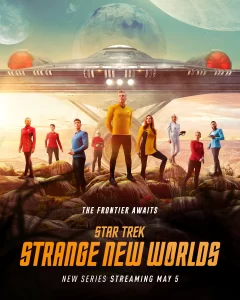
Credit: Paramount Pictures
.
When Star Trek first hit the air in 1966, I was a wee lad of five. I have some memories of watching the series then, being confused as to how the Enterprise blasted-off from Earth, (I was an avid watcher of the American space launches) until the concepts ‘built in space’ and ‘never landing’ was explained to me. It was the 70s that cemented by love for Trek, with the afternoon ‘stripping’ of the series where episodes were shown in random order each weekday afternoon usually alongside other classics such as Gilligan’s Island or Green Acers.
When Star Trek: The Motion Picture hit the silvered screens in 1979 I was there for multiple screens in my local theater. Star Trek II: The Wrath of Khan remains one of my favorite films. Of course, in 1988 Star Trek: The Next Generation was released into syndication, and I was pleased to have new Trek in my life.
However, I never loved Next Gen the way I loved the original series. I watched it weekly for most of its run, but by season six found that the storylines and writing simply didn’t command my attention. I went to the theater for some of this cast’s feature films but was so repelled by Star Trek: Insurrection that even that stopped being one of my activities.
Star Trek: Deep Space Nine came along and it was (shoulder shrug) alright. I watched a few seasons, but not as much as I had Next Gen and dropped out of regular viewership before they progressed to their ‘war’ storyline.
Star Trek: Voyager I managed to choke down three episodes before I fled from it. I found too much of that series either poorly thought out or simply stupid to continue watching save for an episode here and there written by a friend.
Star Trek: Enterprise held promise that enticed me. The idea of going back to a less tech advanced Federation I found fascinating, but I managed only the pilot episode and walked away. It was not for me, and I had absolutely no interest in a ‘temporal cold war.’
Star Trek: Discovery held my attention for several episodes, but I have a clear memory of switching off an episode when they mentioned a ‘space sonar’ and I never returned.
Star Trek: Lower Decks I watched several episodes and generally found I liked it on the same level as The Next Generation but ultimately the characters grated on my nerves. Farce is fine on limited doses, but I have a low tolerance for it as a running series.
Which brings us to Star Trek: Strange New Worlds.
I adore this show.
It is difficult to understand why this series is working for me when so many of the others repel me. I do think part of the reason is that it has embraced an episodic format. While not as episodic as television of the 1960s where the episodes were intended to be ‘stripped’ and shown out of order,Strange New Worlds has enough continuing storylines that the order of the shows is vitally important, but it also has the freedom to do episodes with standalone stories much like the original series. Not every episode is a banger and some certainly engage me more than others, but the series overall has grabbed.
This set of characters are far more interesting than the fairly bland set from Next Generationwho were presented as far too perfect for my tastes. Chapel has become one of my personal favorites instead of the one-note cardboard cutout as presented in the original run. After all, did anyone really notice her absence in Wrath of Khan?
For those people who love the various variations that didn’t work for me I am happy for you. What a boring world it would be if we only loved the same things. Strange New Worlds hasn’t worked for everyone and their big swings like the cross-over with Lower Decks and the musical episodes have sparked strong emotions but that is so far better than a bland meh. Take swings in your art, try something outrageous, most of all create what you want to see.

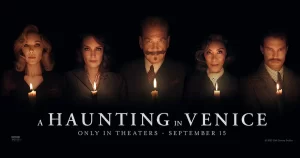
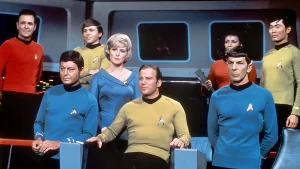
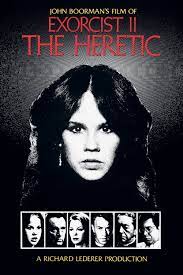

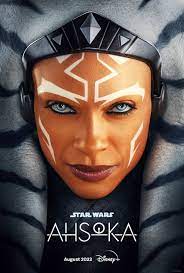
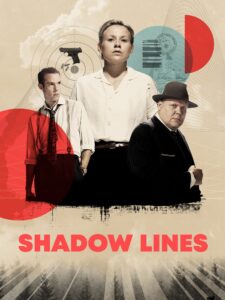 .
.